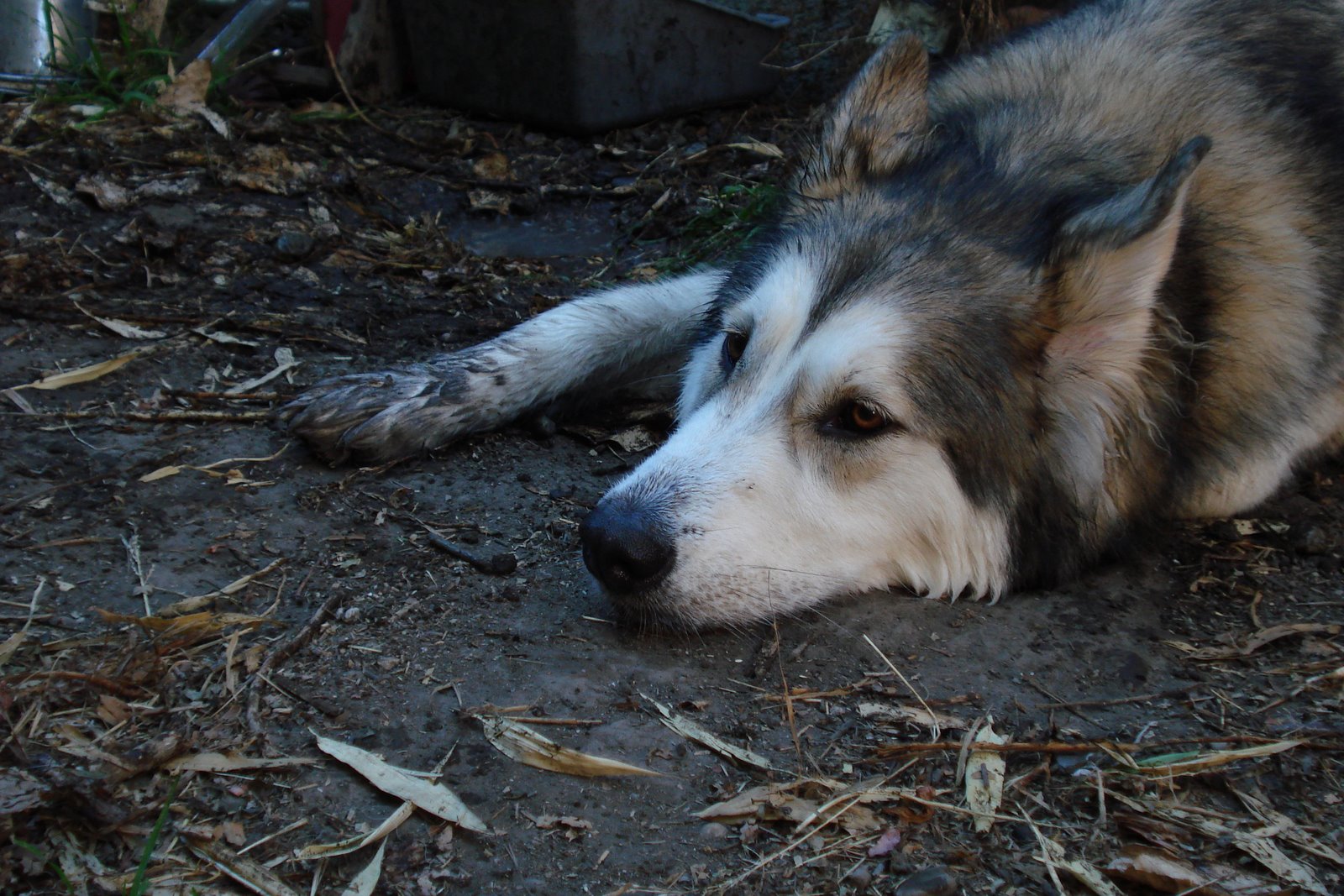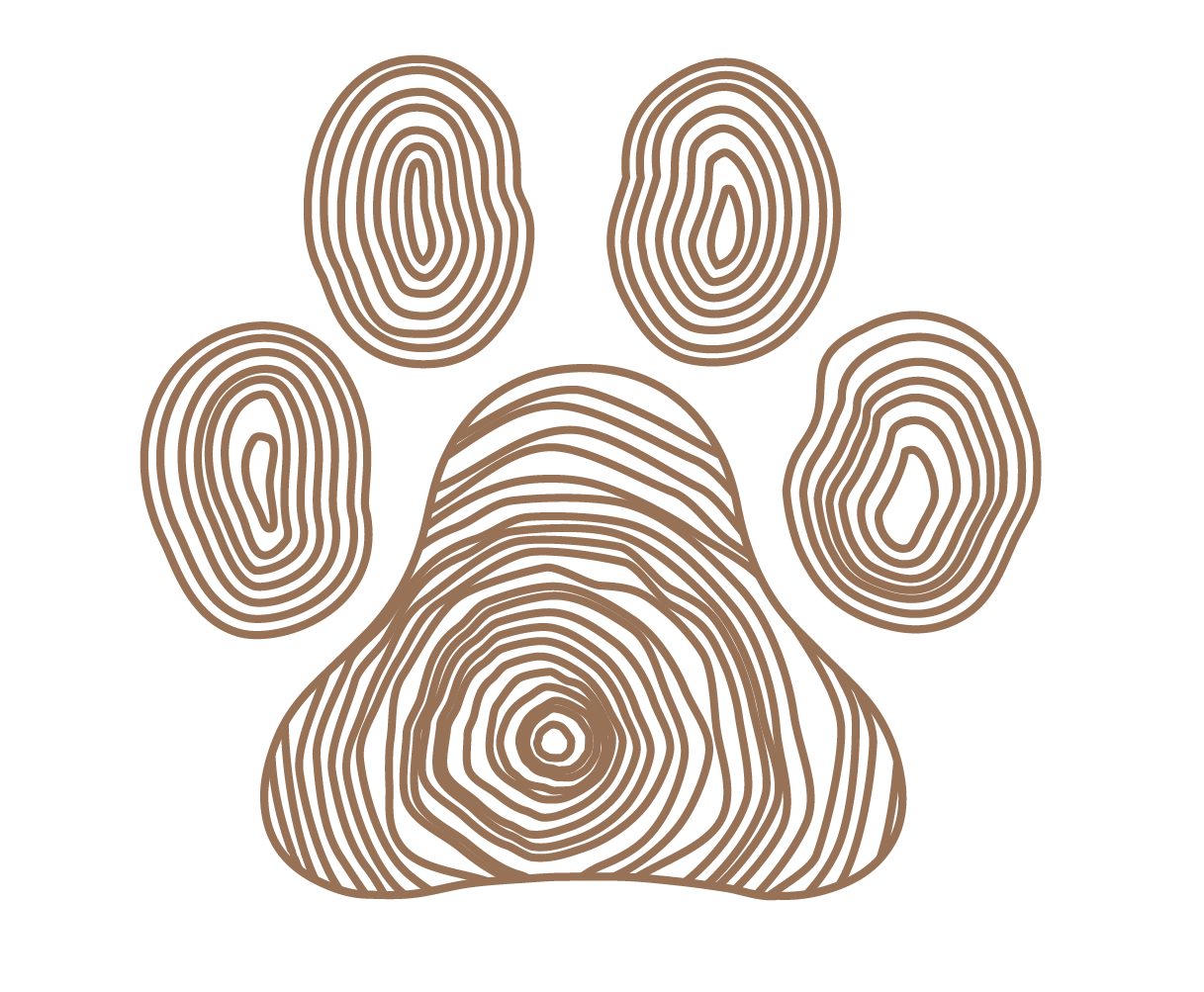At some point in your life you probably bought your first tool, probably a hammer or a screwdriver. It was likely shortly after you moved out of your parents’ home and you realized you needed a tool to perform a particular task: put a nail in the wall, put together some DIY assembly furniture, something simple that you needed a simple tool to complete. Depending on your needs, over the years you more likely than not have assembled a whole tool box with a variety of tools for all your different needs. Some you may use frequently, others only rarely, but on those occasions you are so so glad to have that specialized tool (for me it’s the specialty drill bits for ceramic and tile).
When we first bring home a dog, if they don’t already know “sit”, that’s likely the first thing we teach them. That’s our hammer: the most basic tool in our training toolbox. We can use sit in a whole mess of different ways that create behaviors or behavior chains that we like or use it to stop other behaviors that we don’t. It’s simple, it’s useful, and easy to teach, but just as it’s highly unlikely that you’ll go through life only needing a hammer, you gotta add more tools to your dog’s repertoire.
In group training classes most dogs are taught to respond to sit, down, stay, come, leave-it, and maybe one or two other things. The thing that isn’t always taught is how and when to use them. Some applications are obvious (dog loose on the street? use your recall!) but so so often we don’t use the tools that we have spent so much time and energy crafting at the times that they could be really useful.
I regularly tell a story in my group classes about Kisa, my first dog, and how she reminded my why cue-based training is really really valuable. The super short version is that I was able to use her “stay” to keep her from getting mud all over a carpet. It was a lightbulb moment for me because I really hadn’t used a ton of her training in real life scenarios up to that point. Some, yes, but never in a way that I really saw what the outcome of the situation would have been if I didn’t have a particular behavior on cue. That moment to me really solidified why most “regular” dog owners (as opposed to dog sport & activity people) should really train their dogs – it’s not for the sake of having a dog who has been through multiple training classes, it’s to give the dog and the person the hammer, screwdriver, drill, wrench, and staple gun that they’ll need to get through life together peacefully.
Here are a short list of common cue-tools, and how we can use them. This is SO SO far from an exhaustive list, but it’s a start to get your brain going so that when you’re doing life with your dog, you remember to reach into your toolbox and use the tools that you have invested in… don’t let them rust!
Name recognition (to the dog: “Make eye contact with me”):
- To ensure you have your dog’s attention prior to giving another cue
- To orient your dog towards you when on a walk (rather than pulling the leash)
- To provide a quick, easy to reinforce behavior when your dog is frustrated
Sit (to the dog: “Put your put on the ground, duration optional”)
- Preemptively to curtail jumping during greeting
- To create a pause before entering exiting doorways
- To create momentary stillness on the scale at the vet’s office
Stay (to the dog: “hold your current position”)
- To maintain a sit or a down while you open the front door
- To keep your dog in place while you walk away from your sandwich for a moment
- To keep a Malamute with huge and muddy paws outside while you grab a towel for her feet


1 thought on “What’s in your toolbox? (part 1)”